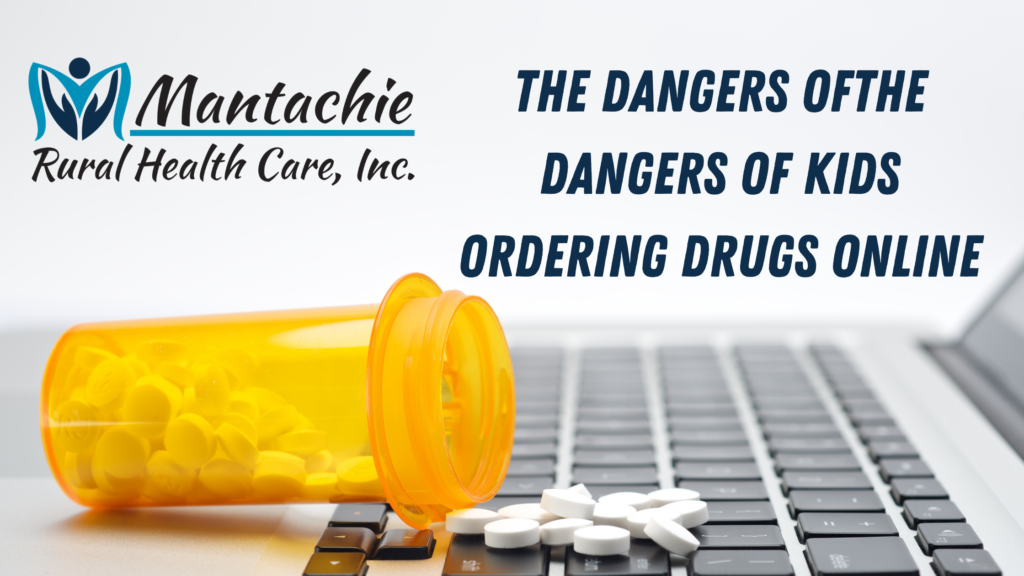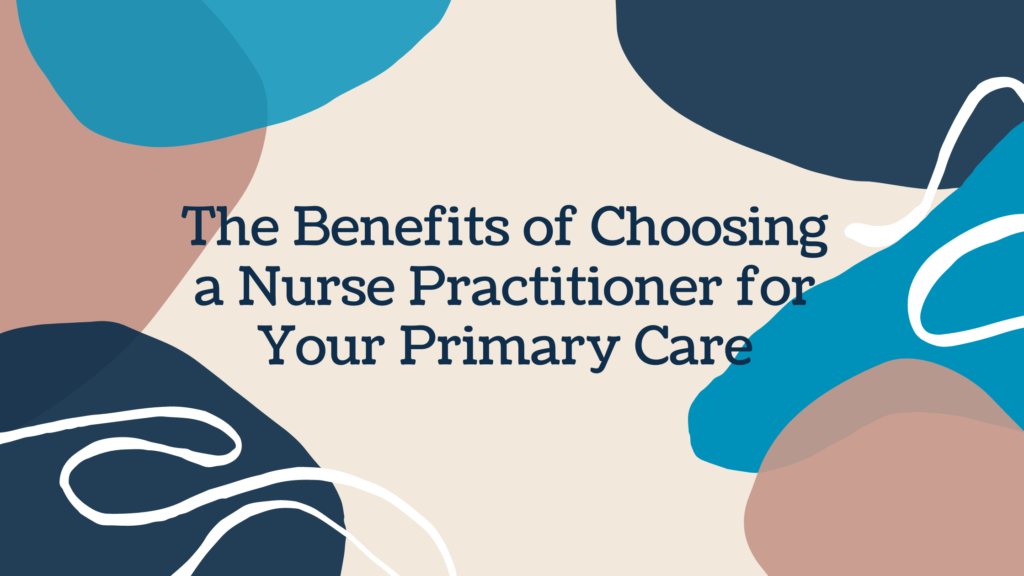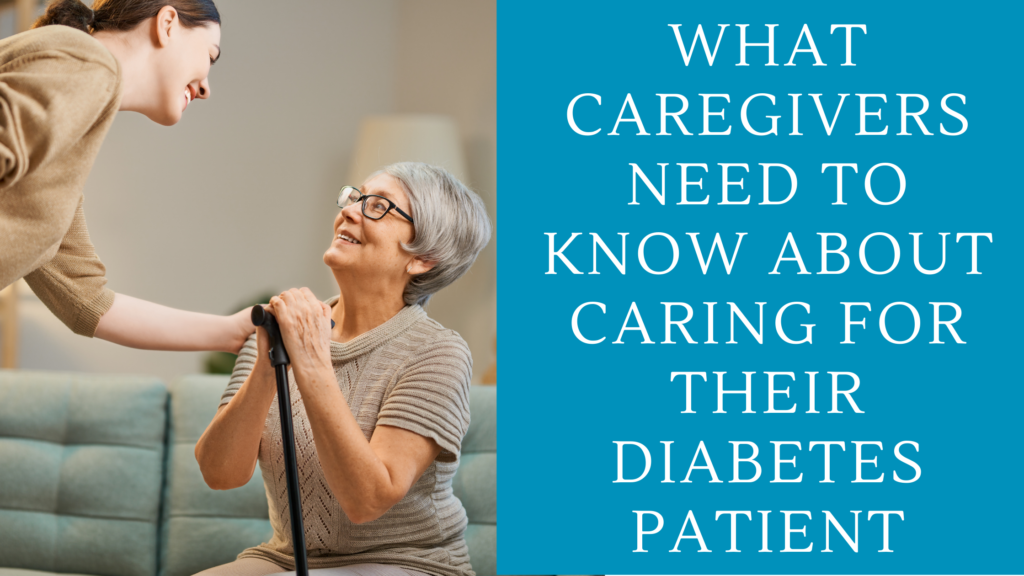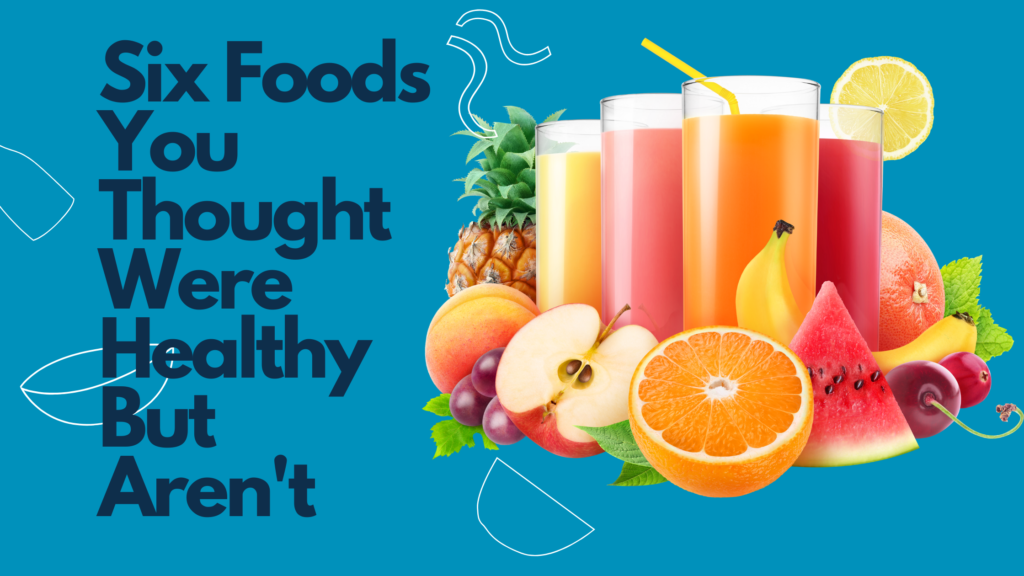
In February 2021, famed therapist and radio host, Dr. Laura Berman experienced a nightmare no parent ever wants to go through. She found her sixteen-year-old son lying unresponsive on his bedroom floor from a drug overdose. Paramedics were unable to revive him, and on February 9, Samuel Berman Chapman lost his young life. The Berman-Chapman family is one of many who have suffered the dangers of kids buying drugs online.
Berman revealed in an interview that her son died of an overdose on the dangerous synthetic opioid fentanyl and that he purchased the drug online. As tragic as this story is, it’s far from the first of its kind. In 2016, the death of two Utah teens made headlines when their baffling deaths were revealed to be caused by the drug U-47700. Police found evidence that the teens had purchased the drug online after searching through their social media accounts. Known on the street as “pink” or “pinky”, U-47700 is the same drug found in the home of the late music legend, Prince, at the time of his death.
Fentanyl and U-47700 are just two of several deadly synthetic drugs that can be purchased online. One of the many dangers of these drugs is that they typically contain much higher amounts of the drug than advertised. This is why so many purchasers have overdosed or died from an overdose. Synthetic drugs are more readily available because chemists can easily duplicate recipes for the drugs and recipes found on the internet. However, since the pandemic, authorities have also seen an increase in the sales of heroin, cocaine, and other popular recreational drugs on social media as drug dealers have had to find more creative ways to keep business going during lockdowns and quarantines.
Signs Your Child May Be Purchasing Drugs Online
You may want to give your child privacy but monitoring their online activities at any age is key to protecting them from buying drugs and other dangerous online behaviors. Knowing the behavioral signs of a child ordering drugs online can help you recognize the warning signs and just may save your child’s life. Here’s what to look for:
- Displaying secretive behavior when online such as quickly turning off computers or clicking off a web page when you or another adult enters the room.
- Lying or deceitful behavior especially if your child doesn’t typically engage in deceit.
- Suddenly receiving packages or going out and returning with packages they don’t want to open in front of you.
- Sudden increase in spending or missing money.
- Spending more time alone in their room and locking the bedroom door.
- General signs of drug abuse like drastic changes in behavior and changes in sleep habits.
What You Can Do to Teach Your Kids the Dangers of Buying Drugs Online
Prevention is always the best method for stopping anything deadly, including drug abuse. Even if your child has already participated in buying and using online drugs you can stop further efforts. Prevent your kids from buying drugs online by:
- Keeping communications lines open and staying aware of what’s happening in your teen’s daily life. Talk with them about what’s going on in their lives and keep note of their behavior or any changes in their behavior.
- Helping them understand the consequences of drug use and purchasing unknown drugs. Tell them the truth about the dangers of overdosing and death associated with overdose.
- Monitoring their online searches and social media accounts.
- Monitoring any packages they receive, especially ones from unrecognized senders.
Do you suspect your teen or preteen is using or buying online drugs? Mantachie Rural Healthcare can help get your child back on track with our behavioral health services. Get help now by dialing 662-282-4226 to request an appointment.











